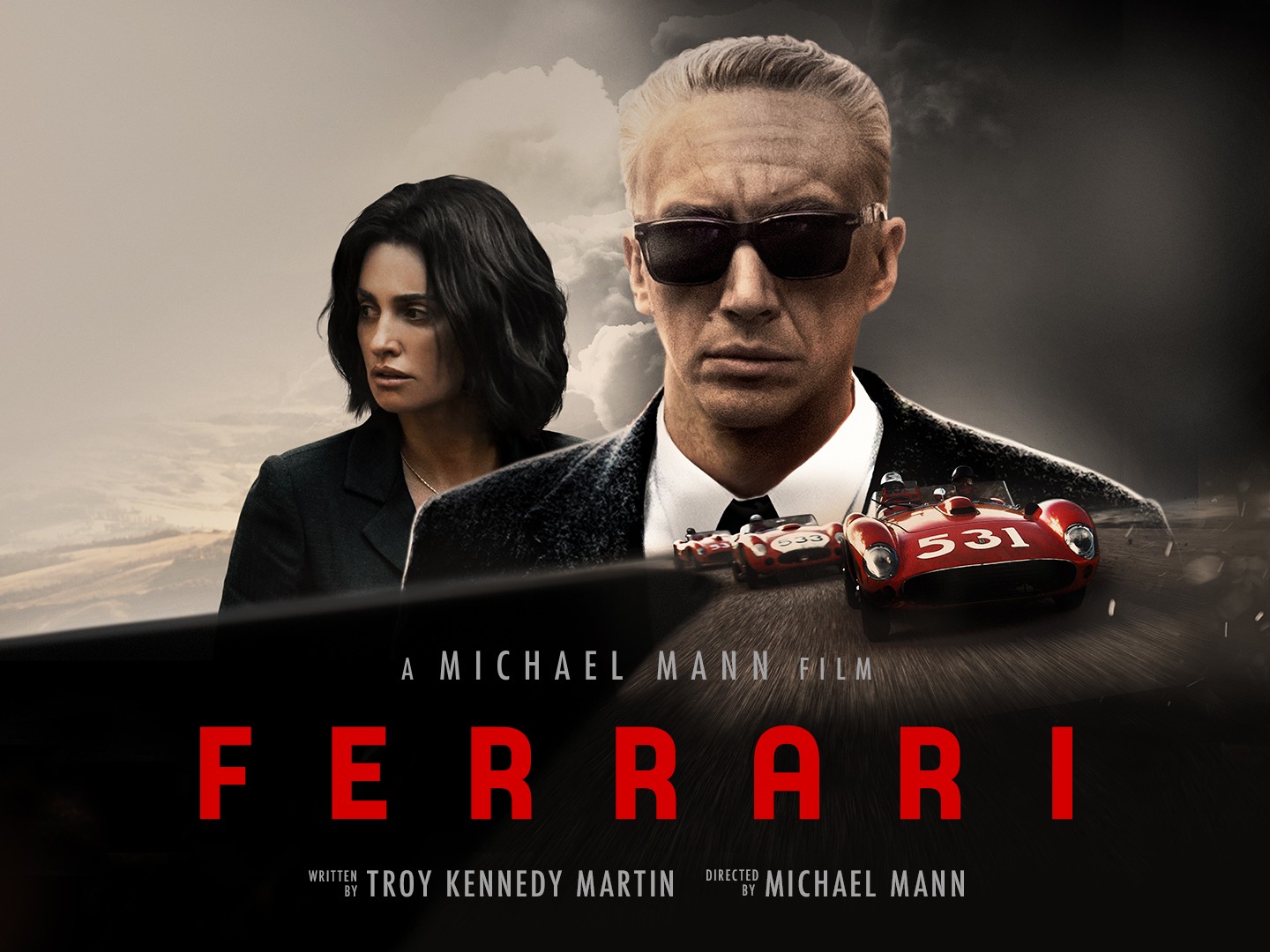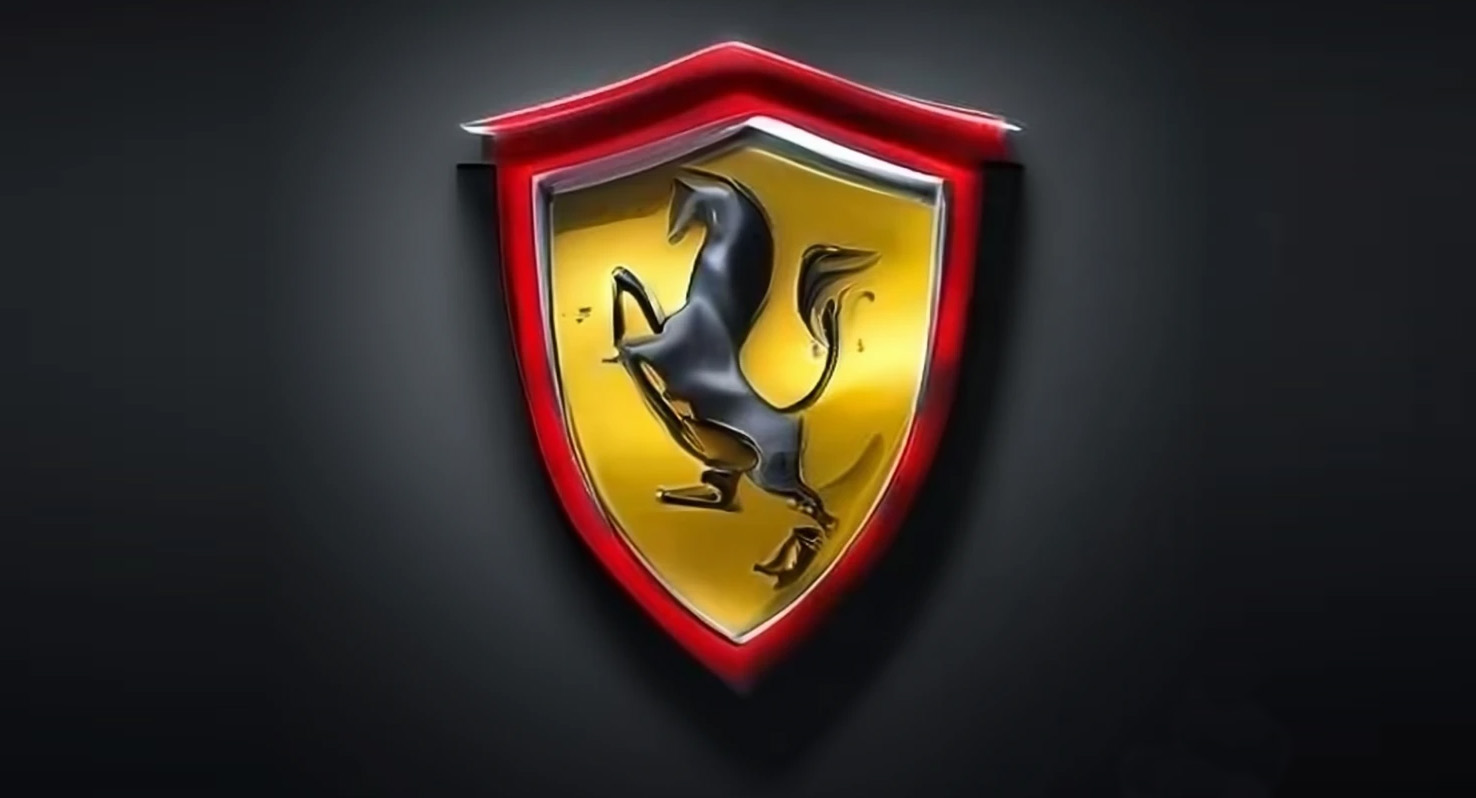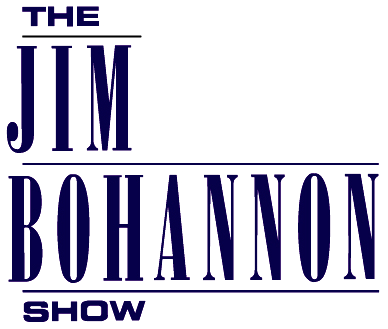FERRARI:
A GREAT MOVIE AND GREATER LESSONS
Still in theaters, the new movie Ferrari stars the extraordinary Penelope Cruz and Adam Driver and is the next best thing to getting into a race car yourself.
Even more than brilliant acting and dazzling driving, the movie tells well the 1957 story of comeback as Enzo Ferrari and his wife fight a bankruptcy pre-quelled 10 years earlier . . . and bet the company on the iconic Mille Miglia, the hair-raising 1,000-mile race across the untamed Italian countryside.
And just as thrilling is the backstory—beginning in 1938, of Ferrari’s inception and the “Happy Accident” it represents in terms of innovating innovation, changing the rules, and even today continuing to define the future of the auto industry itself. Here’s what happened . . . .

Enzo Ferrari was born in 1898, in Modena, Italy, the son of an owner of a metal-working business. At ten, Enzo watches car races in the 1908 Circuit di Bologna and knows immediately he will become a race car driver. At eighteen, out of school and two years after losing both his father and brother to influenza, Enzo, the family business having collapsed, applies for a job at Fiat. Initially spurned, he finds a job as a test driver for a tiny car company called CMN. This leads to competition on the racetrack. He finishes ninth in his first race, in 1919, but soon learns enough to get hired by Alfa-Romeo. And by 1920, he begins to win as a racer, beginning to enjoy success in the passion he saw at age ten: racing cars.
Back during the World War, in 1918, Italy’s top aerial ace, Count Francesco Baracca, is shot down after 34 dogfight victories. Baracca’s valor is legendary, symbolized by a personal emblem painted on the fuselage of his aircraft. It harks back to Baracca’s years as a cavalry officer and features a rearing Persano horse, an animal of the noble breed used by the regiments of the House of Savoy.
At the end of war, Baracca’s parents offer young Enzo the right to use the symbol. He takes advantage of this serendipitous opportunity and begins using the logo for his “Scuderia,” his small “stable”—that is the meaning of the word—of racecars and drivers. The Braracca family arms features the rearing horse on a shield below three stars. Enzo colors the shield yellow in honor of his hometown, Modena, and replaces the stars with the Italian tricolor. It is painted on all the cars he races. Later—again, by chance—the International Automobile Federation assigns Enzo’s cars the color red, a color the company he founds in 1939 will make famous by every extraordinary car it produces.
By 1926, amid the rising fascism of what is becoming Benito Mussolini’s Italy, Enzo has an emotional breakdown. He stops racing and turns to fixing and modifying cars. In 1929, he starts Scuderia Ferrari, a team of racing drivers and mechanics working for Alfa Romeo. Soon, he attracts similar deals with Bosch, Pirelli, and Shell, and his new car racing team begins earning attention with eight victories won in twenty-two competitive races. Enzo collects fifty full- and part-time drivers . . . . The future looks magnificent. And thanks in large part to the quality of his Scuderia, automobile racing gains popularity in Europe—and Enzo has discovered that he is better at and happier in managing a Scuderia than he was racing cars.
What possibly can go wrong? It is 1938 . . .
The clouds of a new world war gather—and yet the coming horrors of World War II, destined to hit Italy very hard, become the “Happy Accident” of Enzo Ferrari’s business.
As Fascism explodes across Italy, Mussolini’s government assumes control over Alfa Romeo. Ferrari’s team is ordered to shift from racing to making tools and airplane parts in service to Italy’s war efforts. Unable to race, they make tools and aircraft parts—but, quietly, in 1939, they also build a new kind of car. Made exclusively for racing, it cannot be rolled out until the war ends and, with it, the reign of Mussolini. No matter, Enzo uses the accidental roll of history’s dice to his advantage. Turning out war materiel to satisfy Il Duce, he perfects his racers. But, as the war nears its end, Enzo realizes that racing will not pay the rent. “Why don’t we sell cars to the public?” he asks himself. “And why don’t we put everything we’ve been developing throughout the war and aim it toward customers worldwide?”
The catastrophe of World War II in Italy is the “Happy Accident” that results in the creation of a company synonymous with the rise of the supercar. And the moral of the story is underdog innovators like Enzo Ferrari are unafraid to grope around in the dark where “Happy Accidents” are sometimes found . . . but, at bottom, they do something more than this. They go where others are not, they change things, they change the rules, they change the game, they change the car and the track on which it drives—and they change their industry and their world.

 David Morey is Chairman and CEO of DMG Global, and a best-selling author. He has advised 22 winning global presidential campaigns and worked with a Who’s Who of Fortune 500 companies and leaders.
David Morey is Chairman and CEO of DMG Global, and a best-selling author. He has advised 22 winning global presidential campaigns and worked with a Who’s Who of Fortune 500 companies and leaders.
 Romney gets personal, more likable
Romney gets personal, more likable The Point: The Underdog Advantage
The Point: The Underdog Advantage








